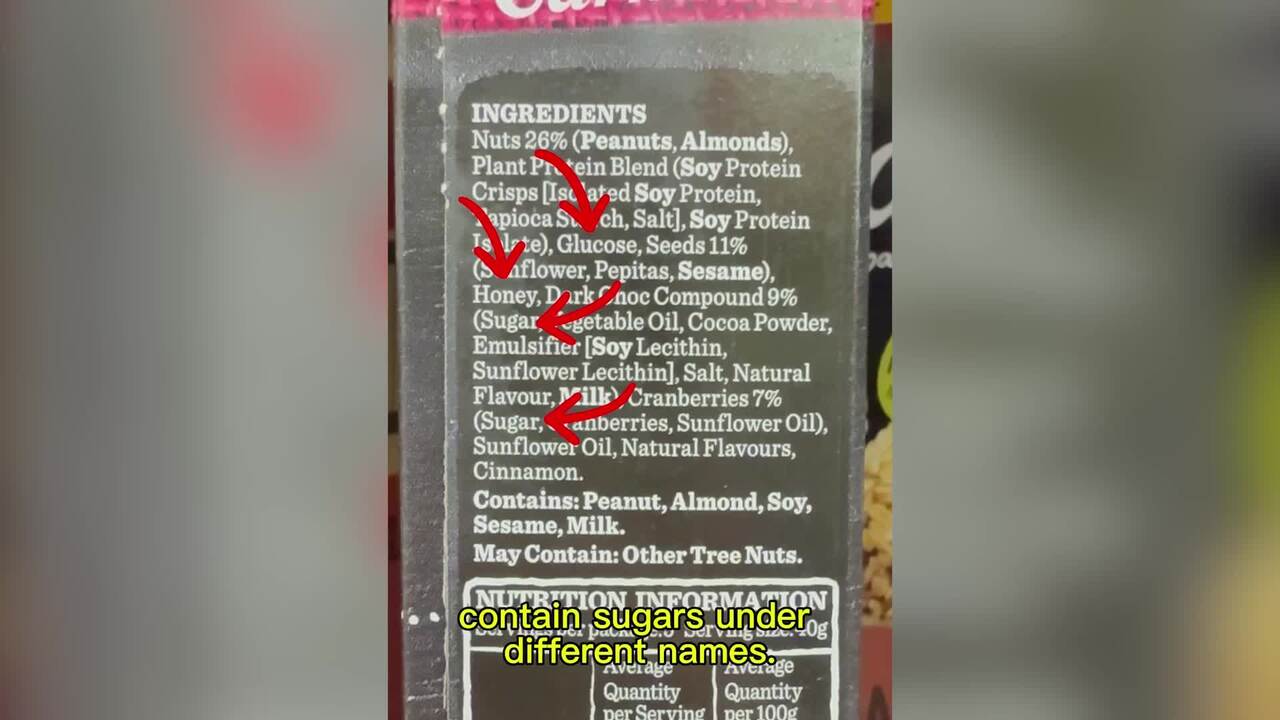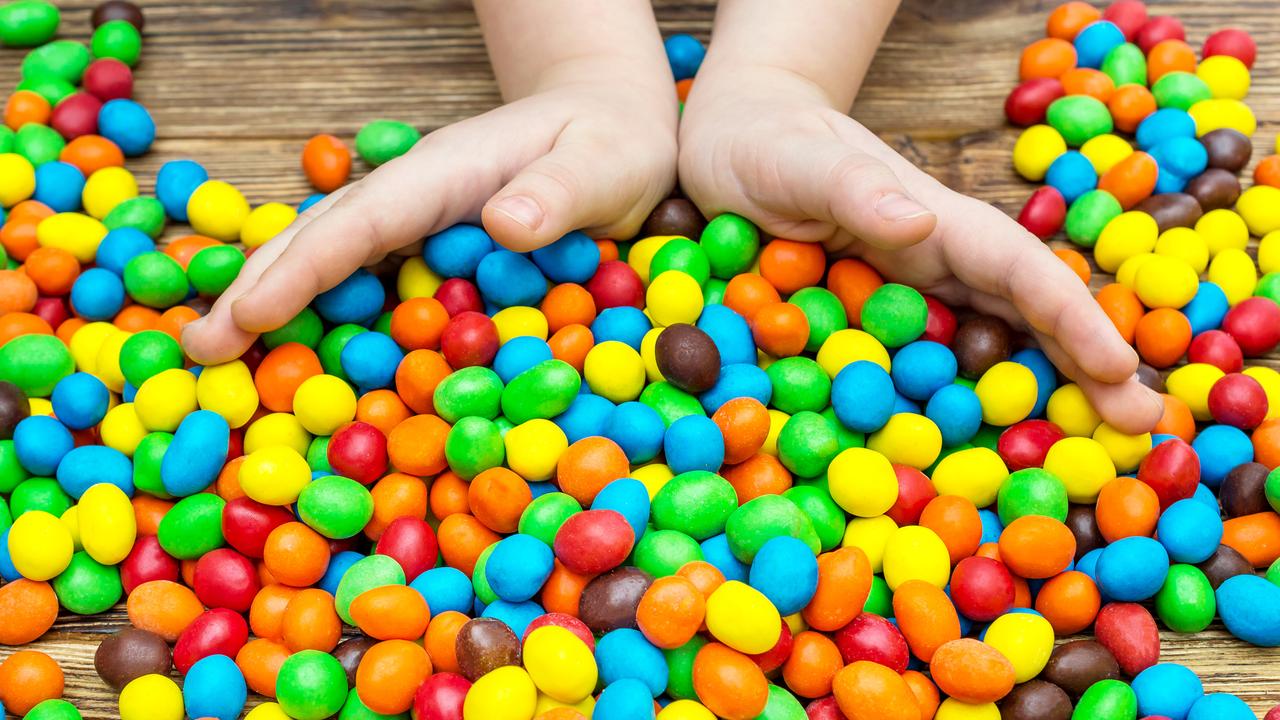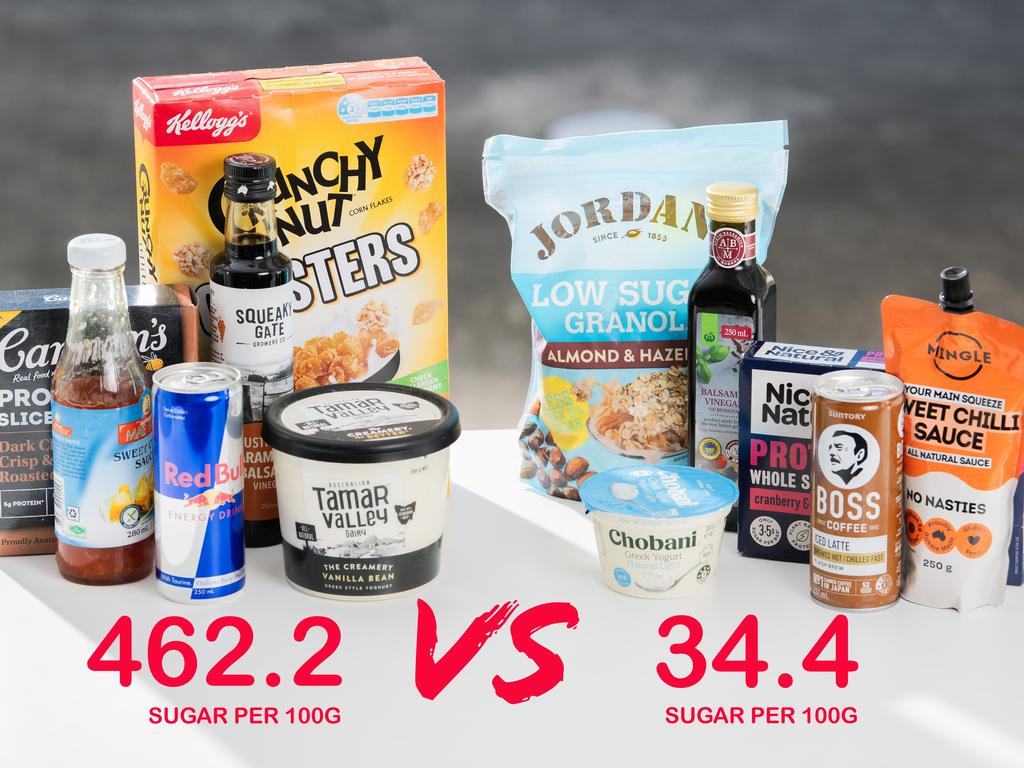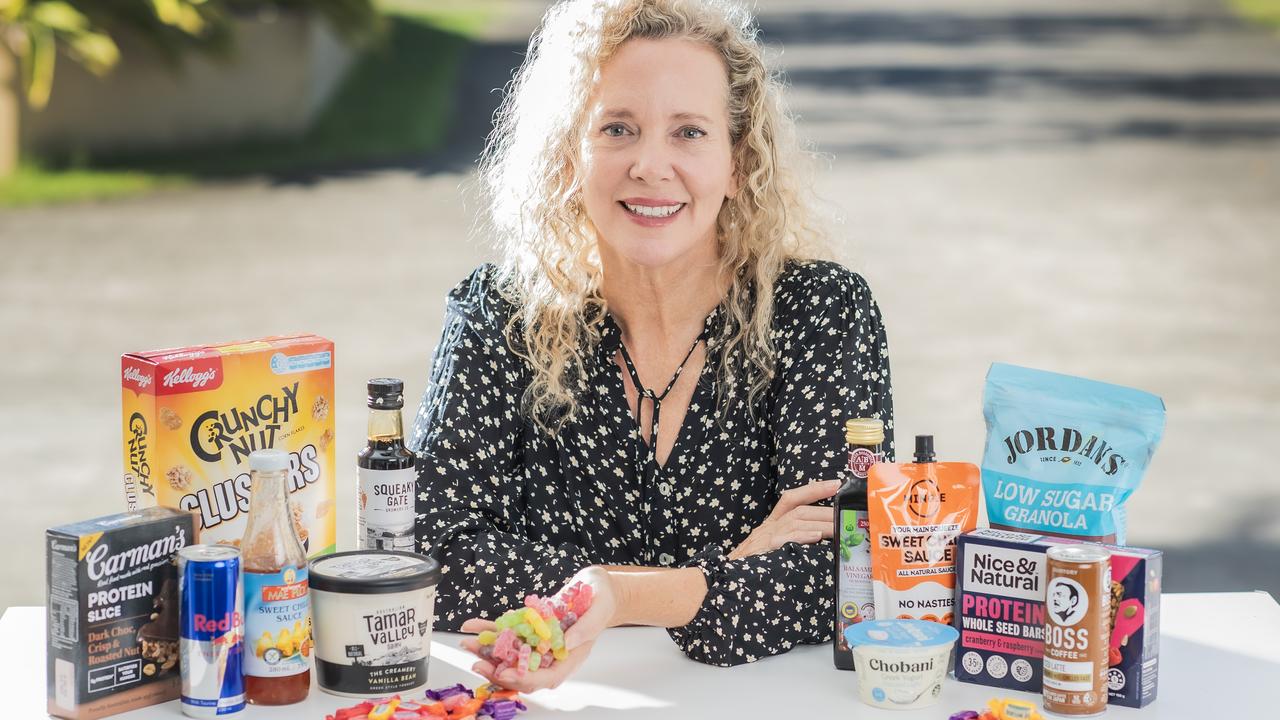The truth about how hidden sugar is damaging your health
The dangers of eating sugar has been heavily debated in recent times, but what is the truth? We may now have the answers.

COMMENT
Ah sugar, we all love it! It enhances flavour in sauces, adds texture to biscuits, and creates that golden caramelisation in cakes. But while sugar makes food more enjoyable, excess consumption can have serious health consequences - and many of us are unknowingly eating far more than we realise.
How does sugar affect our health?
It was once thought that the only concern with eating too much sugar was cavities or that it might crowd out healthier foods. However, recent research suggests that sugar’s effects on the body go far beyond this.
Sugar and the brain
Research has discovered that regular sugar consumption can rewire the brain, altering memory,
impulse control, and emotional regulation.
• Cognitive function: Consumption of high sugar diets can lead to increased neuroinflammation, which is linked to memory deficits. High-sugar diets interfere with the brain’s ability to form new connections, making it harder to learn, retain information, and adapt to new information.
• Mood and mental health: Sugar disrupts dopamine signalling, altering the brain’s reward system and making cravings harder to resist. It also interferes with mood regulation and emotional stability, increasing the risk of depression, stress-related eating, and mood swings. Over time, these brain chemistry changes weaken emotional control, fuelling cravings for ultra-processed foods. But sugar doesn’t just impact the brain - it also has profound effects on the body’s metabolism.

Sugar and metabolic health
Excess sugar disrupts metabolic health, increasing the risk of type 2 diabetes, cardiovascular disease, and chronic inflammation. High added sugar intake raises blood pressure, promotes insulin resistance, and has been linked to poorer heart health and a higher risk of cardiovascular complications.
Beyond metabolic health, some research suggests that excessive sugar intake may also create conditions that promote cancer growth.

But does sugar feed cancer?
There is a common misconception that eating sugar directly feeds cancer cells. In reality, all carbohydrates - whether from table sugar, oats, or vegetables - are broken down into glucose, which the body uses for energy. The body doesn’t distinguish between glucose from a spoonful of sugar and glucose from a bowl of oats.
However, some research suggests excessive sugar consumption may increase cancer risk indirectly by:
• Raising blood sugar and insulin levels - Chronically high blood sugar stimulates the release of insulin and growth hormones, which promote cell growth, including in damaged or pre-cancerous cells.
• Increasing oxidative stress - High sugar intake triggers oxidation, leading to DNA damage and inflammation, both of which can contribute to cancer development.
• Fuelling metabolic shifts - Some research suggests high-sugar diets may accelerate cancer development by altering how cells use energy, enhancing growth signalling pathways, and suppressing immune defences.

How much sugar is too much?
The World Health Organization (WHO) recommends limiting added sugar to 50g per day (about 12 teaspoons) but for optimal health the target is even lower - 25g per day (about 6 teaspoons).
However, it’s important to note that these guidelines apply only to added sugars. Not all sugars are created equal. Naturally occurring sugars - like those in fruit, vegetables and dairy - contain fibre, vitamins, minerals, antioxidants and phytonutrients that help regulate blood sugar levels and protect against oxidative stress. In contrast, added sugars, commonly found in ultra-processed foods, are added during manufacturing and they are the ones linked with adverse health outcomes.
But how do you know if you’re exceeding these limits? The answer lies in reading food labels - but manufacturers don’t always make it easy.

Manufacturers use clever tricks to disguise just how much sugar is in a product. From misleading serving sizes to hiding sugar under multiple names, food labels aren’t always as straightforward as they seem.
Here’s how to spot the deception and make smarter choices:
• Check the ‘per 100g’ column
Companies set their own serving sizes, which can make a product appear lower in sugar than it really is.
I mean, who really stops at just one Tim Tam when the serving size is listed as a single biscuit?
To compare products fairly, always look at the “sugar per 100g” column. Aim for products with less than 10g of sugar per 100g. Even better look for the “low sugar” claim on the label as, by law, it must contain less than 5g per 100g. But be wary - products labelled “low sugar” may contain artificial sweeteners, some of which are controversial and may have unwanted health effects.
* Note for drinks, many contain less than 10g of sugar per 100g, however, their large serving sizes mean you may be consuming much more sugar than expected.
• Watch out for multiple sugars in the ingredients list
Ingredients are listed by weight, meaning the first few items make up most of the product. To avoid listing sugar as the first ingredient, companies add multiple types of sugar under different names - making it seem like there’s less sugar than there actually is.
• Common hidden sugar names
High-fructose corn syrup, rice malt syrup, golden syrup, coconut nectar syrup, agave syrup, date syrup, honey, molasses, cane sugar, coconut sugar, palm sugar, brown sugar, raw sugar, demerara sugar, beet sugar, dextrose, maltose, fructose, sucrose, glucose.
• Added vs. naturally occurring sugar
Australia does not require food labels to distinguish between naturally occurring and added sugars on labels. This means you will have to read the ingredient list to work it out. If sugar (or one of its many names) is listed, it has been added during processing.

• Be wary of deceptive marketing
Manufacturers use misleading labels like “reduced sugar” to make products seem healthier than they really are. Take MasterFoods Reduced Salt & Sugar Barbecue Sauce as an example. While the label suggests a healthier choice, it still contains a whopping 29.4g of sugar per 100g - almost 30 per cent sugar by weight!
18 surprisingly sweet foods
A recent supermarket audit revealed just how easy it is to exceed the daily recommended sugar intake - without even reaching the dessert aisle. From sports drinks and protein bars to sauces and cereals, sugar is often hidden making it difficult to spot. The following 18 major offenders highlight some of the biggest sources of sneaky added sugars lurking in supermarket aisles along with better lower-sugar options that are readily available.
The bottom line: Small changes, big impact
Excess sugar hides in foods we least expect. Cutting back may seem overwhelming, but small swaps can make a big difference. Learning to read labels, spot hidden sugars, and choose smarter alternatives puts you in control. You don’t need to eliminate sugar entirely - just being more mindful helps reduce intake without sacrificing taste.
Carolyn English, PhD, RNutr, is a Senior Teaching Fellow in the Faculty of Health Sciences & Medicine and a nutrition researcher in the Bond University Nutrition and Dietetics Research Group.





